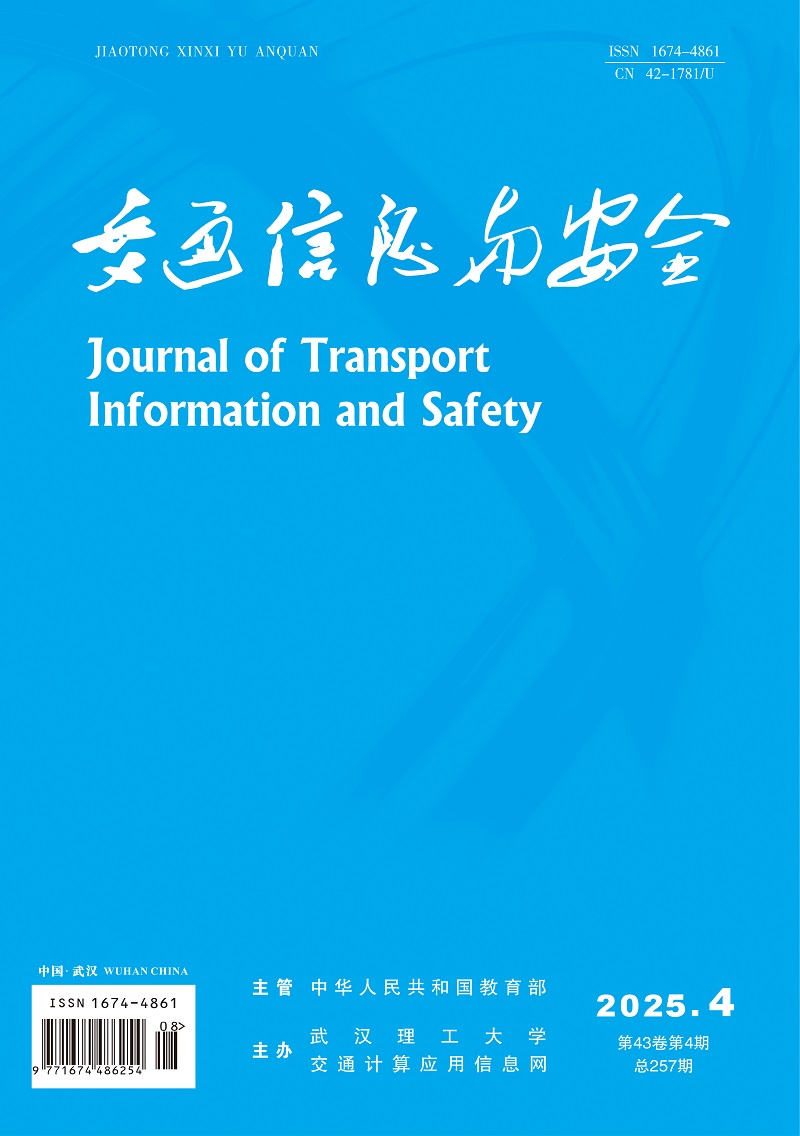Abstract:
Taking the pedestrian traffic flow characteristics as the object,this paper summarizes the development history and current studies on the features of pedestrian traffic flow,and analyzes its development trend.Firstly,data col-lection methods for studying pedestrian traffic flow are reviewed such as manual investigation method,video detection method,Voronoi method.Secondly,the macroscopic and microscopic features of the pedestrian traffic flow are summa-rized.Meanwhile,the relational diagram and overall motion characteristics of pedestrian traffic flow are illustrated,then speed features of individual pedestrian and interactions among individual pedestrian are discussed.The micro-features of pedestrian traffic flow is a natural reflection of its macro-features.Review results indicate that various aggregate behaviors of pedestrian flow dynamics results from non-linear interactions between pedestrians.Pedestrian traffic flows show 3 dis-tinct features:diversity of travel purpose,self-organization of travel behavior and avoidance of the collision within travel process.Pedestrian speed decreases with the increase of density;when pedestrian density is lower than 1.0 ~2.0 p/m2 , pedestrian traffic flow is in the complete free state,which means the speed is not affected by the density,but only affectedby personal preference,comfort level and travel purpose.When the pedestrian density increases to 4~5 p/m2 ,the speed will reduce to 0.2 m/s,that means the pedestrian traffic flow is under a congestion state and it is difficult to continuously move forward.Due to the difference in gender,physiological and psychological conditions,age,trip purpose,and survey locations,the pedestrian velocity fluctuates in the range of 0.9~1.9 m/s,and the density is in the range of 1.7~7.0 p/m2 , while the maximum blocking density is in the range of 3.8~10.0 p/m2 .It is also found that data collection methods,traf-fic simulation,and traffic modeling and empirical tests related to pedestrian traffic flows will be the study trend in pedes-trian traffic flow research.


